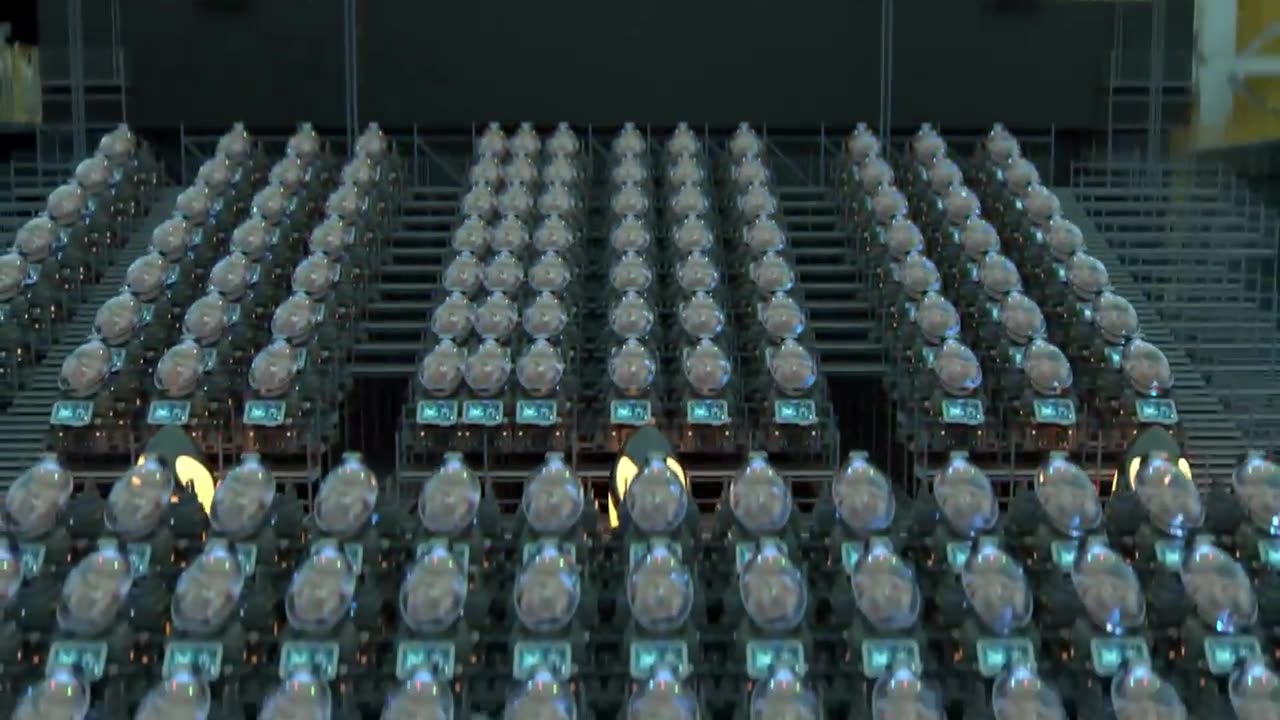Premium Only Content

The world's first artificial womb technology
The world's first artificial womb technology represents a groundbreaking advancement in reproductive science and medical technology. This innovative system, often referred to as an "ectogenesis chamber," aims to replicate the conditions of a natural womb to support the development of a human fetus outside of the mother's body.
At its core, this technology consists of a specialized chamber filled with amniotic fluid that mimics the nurturing environment of a mother's womb. Within this chamber, a developing fetus is carefully monitored and provided with all essential nutrients and oxygen through a network of sophisticated life-support systems. Temperature, humidity, and other environmental factors are meticulously controlled to create a safe and ideal gestational environment.
The potential benefits of artificial womb technology are numerous. It offers new possibilities for the survival and healthy development of premature infants, reducing the risks associated with preterm birth. Additionally, it could provide opportunities for couples struggling with infertility or those who choose alternative methods of conception, such as surrogacy, to have biological children.
Ethical and societal implications surround the use of this technology, raising questions about the definition of motherhood, the limits of medical intervention in reproduction, and the potential for increased control over human gestation. Nevertheless, the world's first artificial womb technology marks a significant leap forward in the quest to understand and replicate the complexities of human development, with the potential to reshape the landscape of reproductive medicine and parenthood.
-
 LIVE
LIVE
Major League Fishing
4 days agoLIVE! - Bass Pro Tour: Stage 6 - Day 3
2,061 watching -
 LIVE
LIVE
Spartan
7 minutes agoPro Halo Player | HCS Open Series #7 with OMiT Halo
64 watching -
 LIVE
LIVE
GritsGG
4 hours agoWe Are Winning Every Game! Win Streaking! 👑 2998+ Ws
317 watching -
 8:28
8:28
nospeedlimitgermany
3 days ago $0.53 earnedFord Mustang GT 5.0 V8 421 PS Top Speed Drive German Autobahn No Speed Limit POV
2.94K5 -
 28:39
28:39
The Shannon Joy Show
17 hours ago🔥🔥Are Big Tech ‘Wearables’ Really The Key To Good Health? Dr. Chad Walding Says NO! Special Health Update: (Sponsored By Native Path!)🔥🔥
4.89K5 -
 4:53
4:53
Talk Nerdy Sports - The Ultimate Sports Betting Podcast
2 hours agoHome Run Heat & European Sweep: Saturday's Sharps Only Card
6 -
 15:06
15:06
Doc Rich
2 days agoThey Leaked Classified Intel...
9.69K18 -
 LIVE
LIVE
I_Came_With_Fire_Podcast
11 hours agoSoft POWER: "American First" Does NOT Mean "America Alone"
256 watching -
 1:15:25
1:15:25
Wendy Bell Radio
8 hours agoPet Talk With The Pet Doc
25.4K4 -
 2:24:28
2:24:28
Squaring The Circle, A Randall Carlson Podcast
2 hours ago#053 New Discoveries In The Younger Dryas Impact Hypothesis - Squaring the Circle
7.37K3